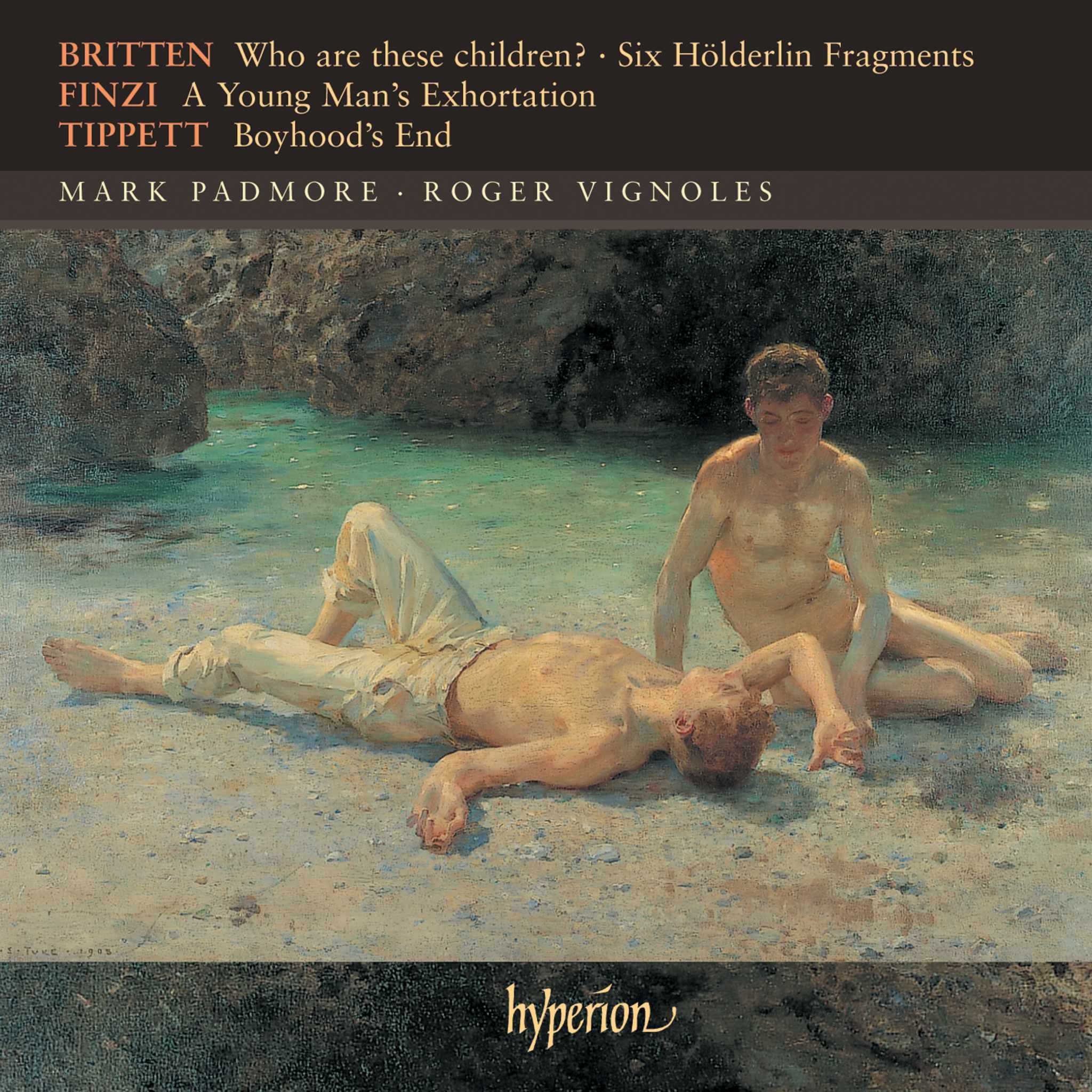Album insights
Johann Sebastian Bach's musical aspirations for liturgical excellence finally found a home when he assumed the role of Leipzig's Thomaskantor in 1723. Bach ambitiously undertook crafting a vast array of church cantatas, the Magnificat, and the St. John and St. Matthew Passions, completing a remarkable musical legacy by the end of 1727. His works, performed alternately at Leipzig's main churches, the Thomaskirche and Nikolaikirche, showcased his unmatched ingenuity. Bach's rigorous demands on vocalists and instrumentalists pushed the boundaries of complexity beyond his contemporaries' capabilities.
In his Leipzig cantatas, Bach spared no effort in challenging himself and his performers with technically demanding compositions. Eminent composer Johann Adolph Scheibe noted his impossible standards, with Bach admitting that his sacred music was notably intricate. Amidst his approximately 150 preserved Leipzig church cantatas, Bach's relentless inventiveness shone through, characterized by astounding craftsmanship indicative of his unyielding commitment to excellence. His meticulous work echoed Thomas Carlyle's praise of genius as an individual's unparalleled diligence.
Bach likely had an exceptionally gifted alto choral student around the ages of fourteen to sixteen, inspiring three remarkable solo cantatas in the summers and autumns of 1726. Works such as Cantata No. 170, renowned for "Vergnügte Ruh', beliebte Seelenlust," along with Cantatas No. 35 and 169, exemplified Bach's mastery by integrating intricate organ parts. These works highlighted Bach's dual role as a composer and the foremost German organ virtuoso of his time. The libretto by Georg Christian Lehms for Cantata No. 35, performed on the twelfth Sunday after Trinity in 1726, drew inspiration from the Gospel reading about Jesus healing the deaf and mute man.
Cantata No. 35, orchestrated for two oboes, taille, organ, and strings, opened with a Vivaldi-influenced Sinfonia in D minor fused with Bach's intricate counterpoint. Bach's dynamic musical composition often repurposed earlier works, evidenced by repeated motifs across his Leipzig cantatas. Notably, the intricate Da-capo aria depicted the soul's bewildered marvel at divine wonders, featuring complex vocal passages set against delicate organ voicings. Bach's keen attention to detail is further showcased in the thematic structure and tonal variations evident in his Leipzig compositions.
The Kantate No. 169, "Gott soll allein mein Herze haben," composed for the eighteenth Sunday after Trinity in 1726, also incorporated earlier solo concerto movements for obligato organ parts. Bach's erudite fusion of sacred and secular themes was masterfully exemplified in this cantata, further showcasing his brilliance as a composer and organist. The continuous dialogue between voice and organ, along with intricate word-painting, underscored Bach's profound musical expression within the context of Lutheran liturgy.
The narratives of Bach's meticulous craft are contrasted by works from predecessors such as Dieterich Buxtehude and Heinrich Schütz, pivotal figures in pre-Bach eras of German church music. Buxtehude's mournful Klag-Lied, designed for voice, two viols, and continuo, commemorated the funeral of his father in 1674, eloquently capturing grief through rhythmic and melodic collisions. Schütz's "Erbarm dich mein, o Herre Gott," from his Psalmen Davids collection, reflected deep-rooted religious fervor amidst the turmoil of the Thirty Years' War, integrating rich instrumental textures with fervent vocal expressions.
Bach's legacy intertwined with the works of Buxtehude and Schütz further enriches the tapestry of German church music, highlighting a continuous tradition of musical innovation and spiritual depth across generations.










